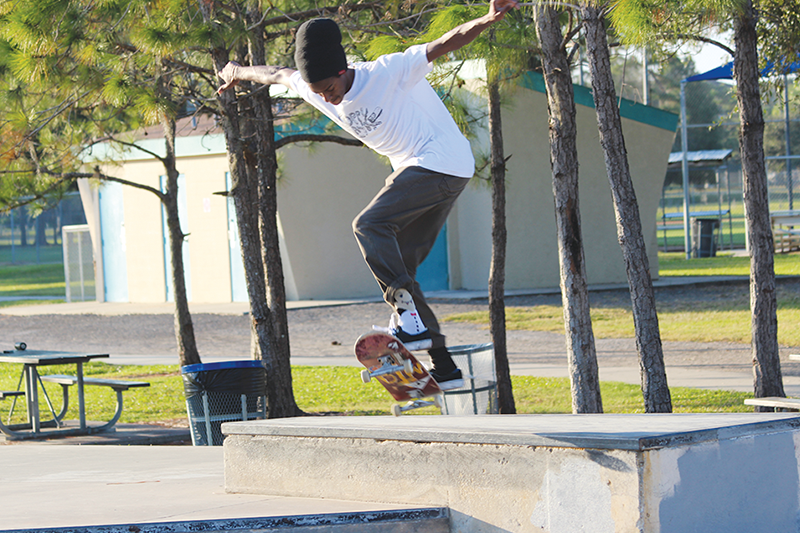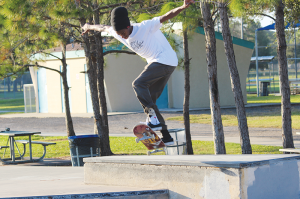The closest skateboard park in south St. Pete is at Lake Vista Park, pictured here

 But the promise of economic development in the roughly nine-block radius known as Campbell Park to some does hold the promise of a better life for residents. So when the Small Business Enterprise participation goal that has been set at 30 percent for other projects was abandoned when it came to the skate park and instead only five percent offered allotting to approximately $62,000 toward small business, questions arose.
But the promise of economic development in the roughly nine-block radius known as Campbell Park to some does hold the promise of a better life for residents. So when the Small Business Enterprise participation goal that has been set at 30 percent for other projects was abandoned when it came to the skate park and instead only five percent offered allotting to approximately $62,000 toward small business, questions arose.